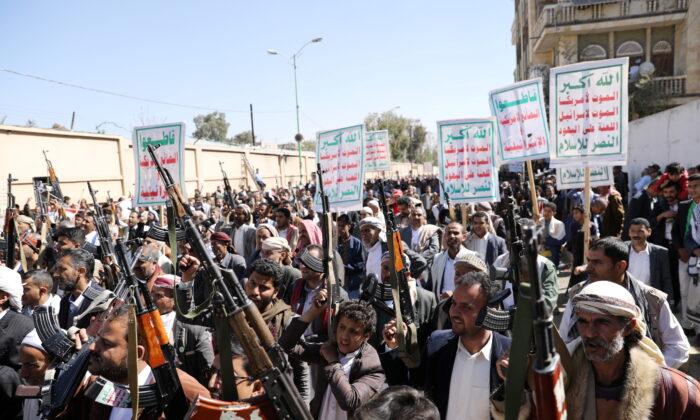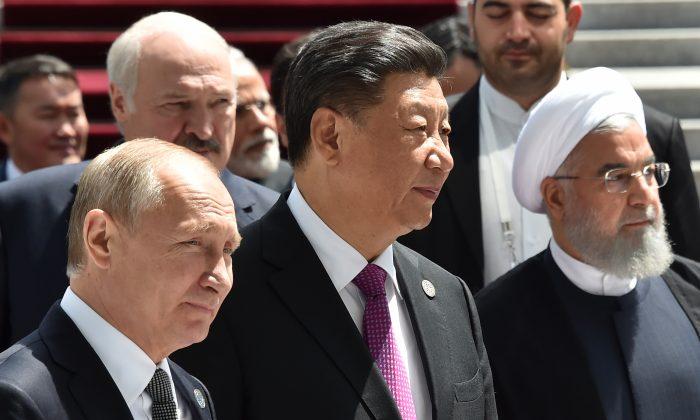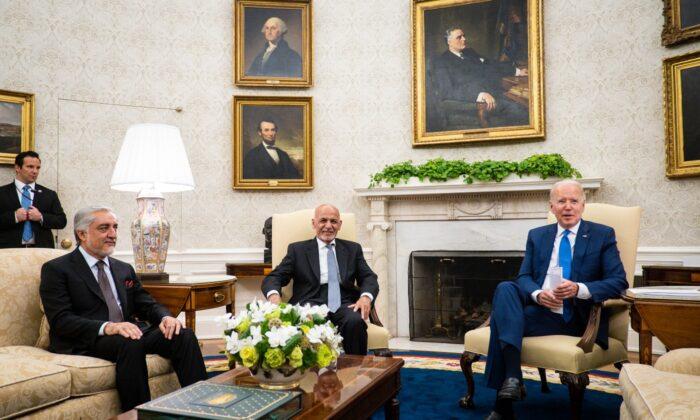In December 2022 I wrote a column titled “India and China Clash on the Roof of the World.”
The Himalayan terrain and history where the incident that occurred Dec. 9, 2022, is obscure and complex. However, conflict between Asia’s two giants has global significance. The clash rated headlines throughout east Asia and the Pacific—headlines from Japan to Pakistan to Indonesia and Australia.
Dec. 9 details: Indian and Chinese soldiers clashed on an icy slope along the mountain border between Chinese-occupied Tibet and India’s northeastern Arunachal Pradesh state.
Communist China invaded Tibet in 1950. That invasion was the predicate to the 1962 Sino-Indian War, which China launched and won.
Since 1962, Chinese and Indian soldiers have killed and injured one another in skirmishes over the LAC, with China usually besting India.
Yet Dec. 9’s hand-to-hand scuffle ended with a Chinese setback.
On March 20, 2023, U.S. News and World Report published an article that explains China’s strategic loss of face.
Before discussing the article, here’s the necessary background. In 2007, Indian, Japanese, American and Australian diplomats held an informal meeting. Japan said all four nations regarded China as a disruptive actor in the world.
The result of that informal meeting marked the beginning of the Quad—the Quadrilateral Security Dialogue.
Four of the planet’s most powerful democracies form the Quad. What brings them together? Beijing’s belligerent behavior. India in an anti-China alliance presents Beijing clique a 3,800-kilometer-long strategic problem—a land war with an Asian power that by 2030 could have more people than China.
Beijing had a chance to play nice. In 2007, India avoided the appearance of actively countering China. Many Indians prized what New Delhi called “strategic autonomy.”
But China’s communist imperialists don’t play nice.
After the Dec. 9 incident India’s defense minister Rajnath Singh said China is once again using military power to try “to unilaterally change the status quo” on the border.
Now for the U.S. News March 20 report: “... unprecedented intelligence-sharing” by the U.S. with India caught “China’s People’s Liberation Army (PLA) forces off-guard” as they prepared to launch their incursion. For “...the first time” U.S. military intelligence officials “...provided real-time details to ... Indian counterparts.” The real-time intelligence detailed “Chinese positions and force strength.”
I’ll translate what “real-time” means. Either U.S. drones, satellites, aircraft or ground-based assets were actively and accurately monitoring Chinese military tactical movements in one of the world’s more isolated places. Moreover, this knowledge was quickly passed to Indian military leaders who were prepared to direct their forces to counter the Chinese tactical actions and defeat them.
U.S. News emphasizes American intel “made a difference.” The Dec. 9 clash “involving hundreds of troops wielding spiked clubs and Tasers did not result in any deaths as previous encounters have, rather it was limited to a dozen or so injuries and—most conspicuously—a Chinese retreat.”
A fascinating point: In the weeks before the scrap, the United States “was fully cognizant that China was carrying out test exercises in the region to see if it could seize a new foothold in the remote mountain passes there or in other territory to which both China and India lay claim.”
Dec. 9 was a strategic Chinese defeat. Minor perhaps, but a defeat that does several things. Beijing lost face. China is a face culture. U.S. News notes Chinese state media have been “fairly quiet about the embarrassing encounter.”
There’s a deterrence payoff. If the United States can monitor the Himalayas, it can watch the Chinese coast—opposite Taiwan.
But I think the diplomatic payoff is the big story. Indian political leaders have seen how a close relationship with America can help protect Indian territory. I’m certain Indian military leaders already understood those capabilities, but Dec. 9 served as a demonstration.
I give the Japanese and Australians credit. They’ve been telling the Indians this for, oh, 40 years?





